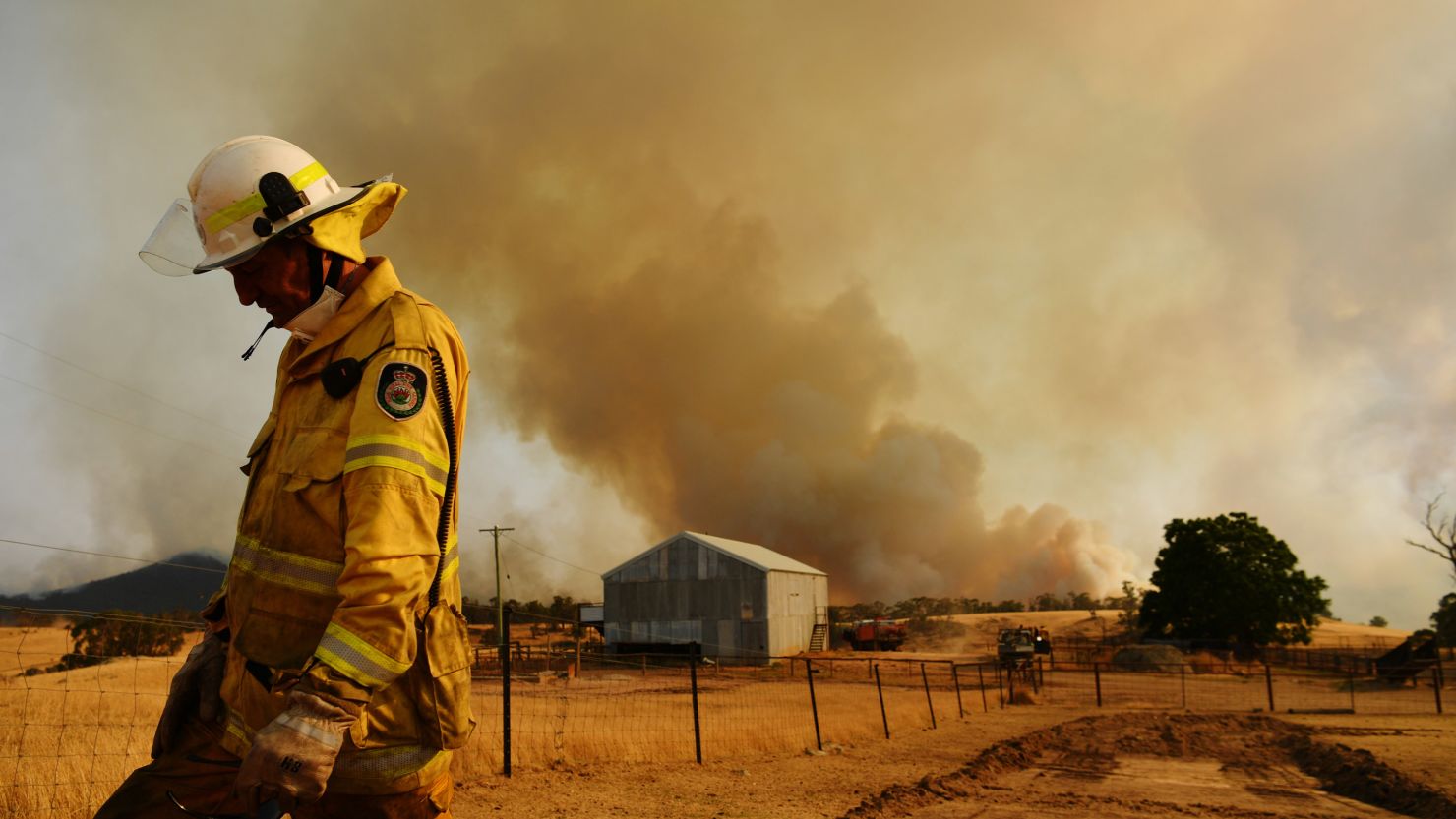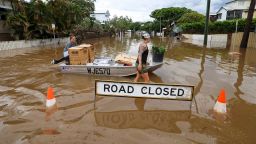On his first full day on the job, Australia’s new prime minister mentioned the words “climate change” four times within two minutes of his maiden international speech.
Fresh from election victory, Anthony Albanese sought to present a new Australia to the world, one that takes climate change as seriously as defense, after decades of inaction.
At the Quad meeting in Tokyo on Tuesday, Albanese told his counterparts from the United States, India and Japan that climate and the security of the region were among the biggest challenges of their time.
“The new Australian government’s priorities align with the Quad agenda, taking action on climate change and building a stronger and more resilient Indo-Pacific,” Albanese said, in words broadcast around the world.
But experts say it won’t be easy to turn around a coal-powered ship that has for years been chugging in the wrong direction, partly fueled by a government earning billions of dollars in export revenue.
The powerful fossil fuel lobby could fan headwinds, as could those aligned with the former Liberal-National government – a center-right-conservative coalition – though after years dominating the Australian parliament, their voices are likely to be drowned out by a cohort of Greens and climate-motivated independents who made big gains in the weekend vote.
Change appears to be coming in Australia, but the new government needs to convince the nation that the climate crisis presents an opportunity, not a threat to jobs, said Frank Jotzo, director of the Center for Climate and Energy Policy at the Australian National University (ANU).
“What the government should do is to talk deeply about climate change as an opportunity to help create better economic opportunities for the younger generation,” Jotzo said. “A government that wants to change things needs to establish a narrative that is overwhelmingly strong against the inevitable lobbying by powerful vested interests.”
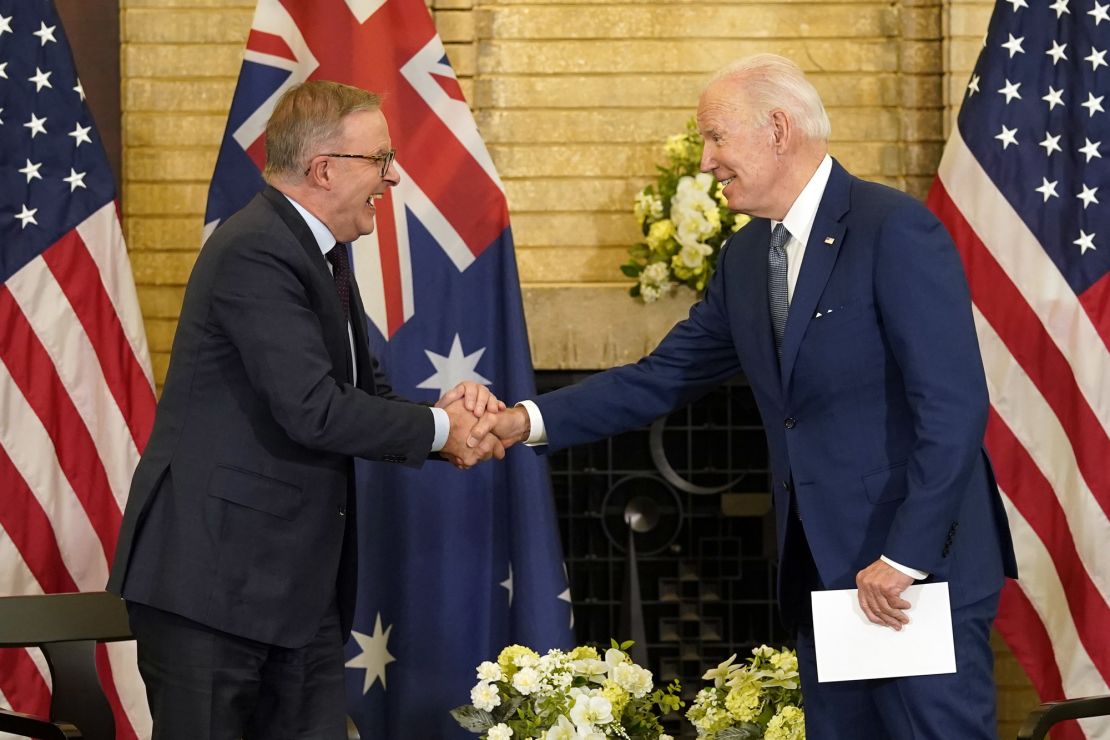
What Labor has promised – and the challenges
For years, Australians had been sold the idea that turning away from fossil fuels would damage the economy, but this election suggests the fear of economic ruin has been replaced by something else.
The message from Labor, Greens and climate-minded independents was that too much time had already been lost, though they disagree about the size of emission cuts needed to put the country back on track.
Four days after the vote, with ballots still being counted, Labor was close to reaching a 76-seat majority in the House of Representatives, meaning the party won’t need to rely on alliances to pass legislation.
Albanese’s government aims to cut emissions by 43% by 2030, but he’ll no doubt be pressured to raise that target by the Greens and independents, whether Labor has a majority or not.
“The parliament now effectively has a ‘super majority’ in support of climate action which can’t be ignored,” said Ben Oquist, the executive director of The Australia Institute think tank.
However, even as Australia plans larger cuts to emissions, more than 100 fossil fuel projects from the previous government are still under consideration. If all go ahead, they could add 10% to Australia’s baseline emissions in the next decade, according to research institute Climate Analytics.
While Labor’s climate goals are far more ambitious than the previous government’s, Albanese hasn’t exactly rung the death knell for coal, the most carbon intensive of fossil fuels. The future for natural gas, also a planet-warming fossil fuel and one of Australia’s biggest exports, is yet to be laid out.
Bill Hare, founder of Climate Analytics and one of the nation’s leading climate scientists, told CNN that it’s still unclear if Labor will cut subsidies for fossil fuels, potentially affecting the viability of some projects.
“My impression is that these companies are still in a powerful position to push ahead with pending projects, and there’s a very strong gas lobby inside the Labor party,” Hare said.
Oquist said pressure is likely also to be exerted on the government in the other direction, by parties and the public who don’t want new coal and gas projects to go ahead.
“That debate against opening new coal mines and new gas fields is set to intensify,” Oquist said. “Propping up new coal and gas is going to be on the nose politically.”
There’s some debate over whether the government support for fossil fuels amounts to subsidies. According to a 2020 report by think tank the International Institute of Sustainable Development, the vast majority of the Australian government’s previous support for the fossil fuel industry was through “forgone tax” – reduced tax rates or exemptions.
Adam Bandt, the leader of the Greens party, which increased its presence in the lower and upper house, is pushing for money to be redirected from fossil fuel companies to public spending.
“If the next government wants to know where the money can come from to fund things like getting dental into Medicare (Australia’s universal health care scheme) … stop giving the big coal and gas corporation handouts,” he told reporters Monday. “That’s how we can make a better life for Australians.”
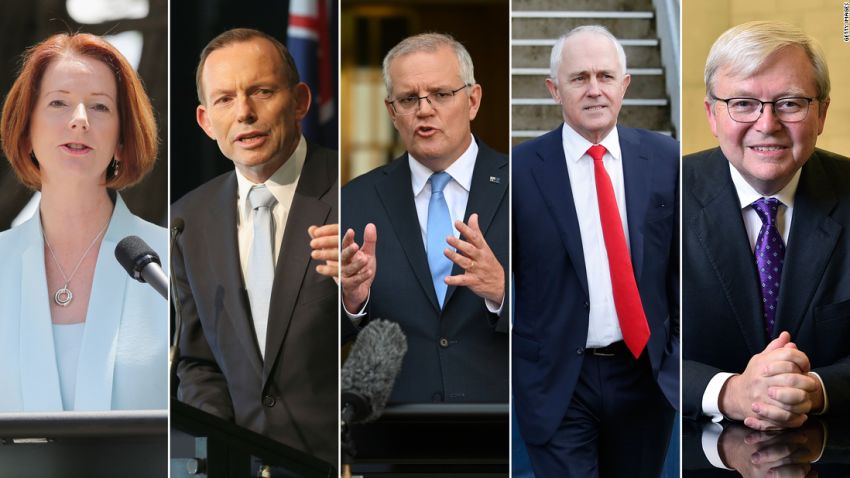
Where will the emissions cuts come from?
Labor’s target to reach net zero emissions by 2050 will also rely heavily on a $20 billion investment in renewable energy, including solar banks and community batteries. But it can’t do that without overhauling the country’s infrastructure to modernize the electricity grid, distribution networks and switching stations.
“The question is whether this will be an investment or a direct budget expenditure – I’m not sure what their plan is, but we’re facing the most challenging budget environment since the 1950s, so there’s going to be challenges,” Hare said. “Without that capital, the rollout of renewables will be slower.”
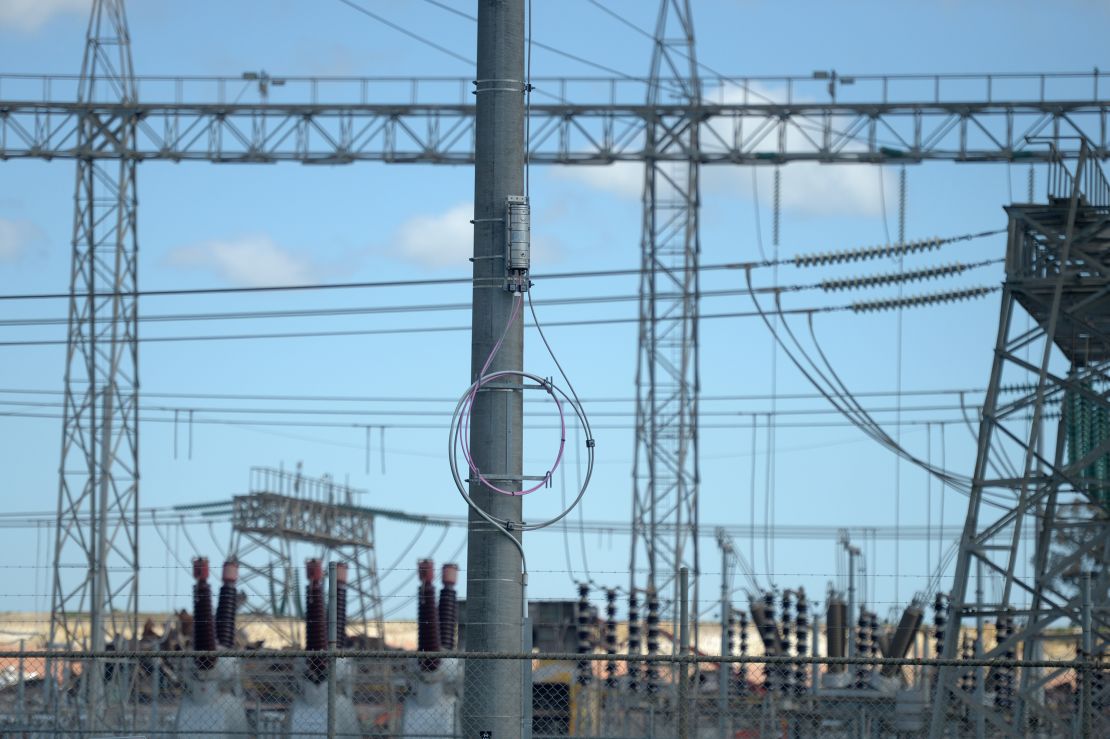
The Albanese government has promised discounts on EVs, but Australians’ ability to charge them will again partly depend on the government’s plan to “rewire the nation.”
The country’s aging distribution network – poles and wires – aren’t sophisticated enough to deal with the extra power needed to charge electric cars at home, according to research by the University of Melbourne.
Australia also has a lot of catching up to do when it comes to acquiring electric cars. Just three years ago, in his pitch for reelection, former Prime Minister Scott Morrison claimed electric vehicles would “ruin the weekend.”
They’re still a relatively rare sight on Australian roads, though demand is currently outstripping supply, according to industry body the Electric Vehicle Council. The group says Australia’s poor fuel efficiency standards create little incentive for carmakers to build the market, and the country ends up as “a dumping ground for the world’s dirtiest vehicles.”
The Federal Chamber of Automotive Industries says Australia’s fuel standards are two decades behind the rest of the world, which also limits car owners’ access to the latest engine and exhaust technology to reduce emissions on the road.
Jotzo, from ANU, said as well as lifting the rates of EVs through discounts and other incentives, the government needs to tax high-polluting cars and trucks. “This is really big picture fiscal reform because it sets it up for gradually moving away from the fuel excise as a major revenue source,” he said.
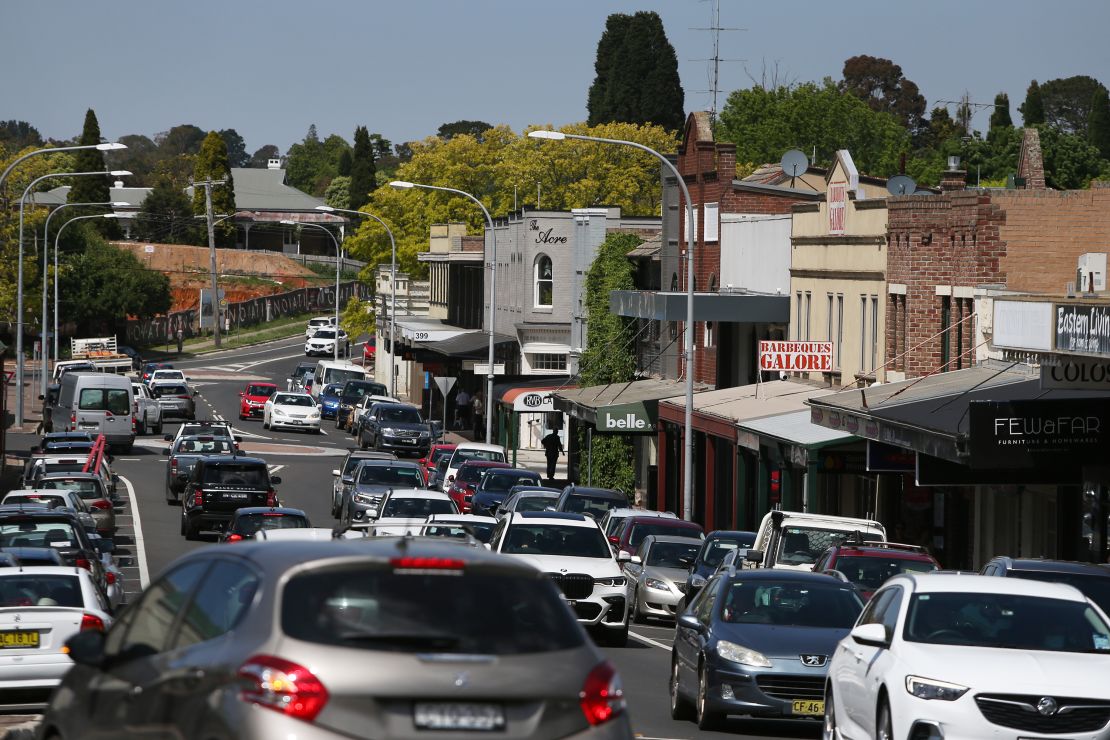
What else needs to be done
To date, most of the inroads Australia has made on cutting emissions have been driven by the states and territories. In the absence of leadership from the federal government, they’ve introduced their own policies and targets.
Jotzo said the challenge for Albanese will be to pull together the separate state-based strategies into a single, united national plan.
“If you just let states do their own thing, then you end up with state versus state competition and a truly horrible patchwork of different rules and regulations in different states, which is really not what you want,” he said.
Such a fundamental shift in climate strategy after nine years of conservative rule will take time to unfold, but that could work in Labor’s favor, Jotzo added.
“Some of the bigger things will quite obviously be left to a future parliament,” Jotzo said. “Electorally that would be attractive to Labor – it would set them up with an agenda to take the next election.”
But if they don’t get the strategy right, he warns, Labor will be the next party vulnerable to challenges from Greens and independents.
In the meantime, the government needs to focus on ensuring Australians who rely on coal and gas for their livelihoods aren’t left behind, Hare said.
“You can see the mood has changed since 2019 in coal regions, they want a plan,” he said. “They’ve worked out coal is being phased out, and they want to start seeing the alternatives.”


